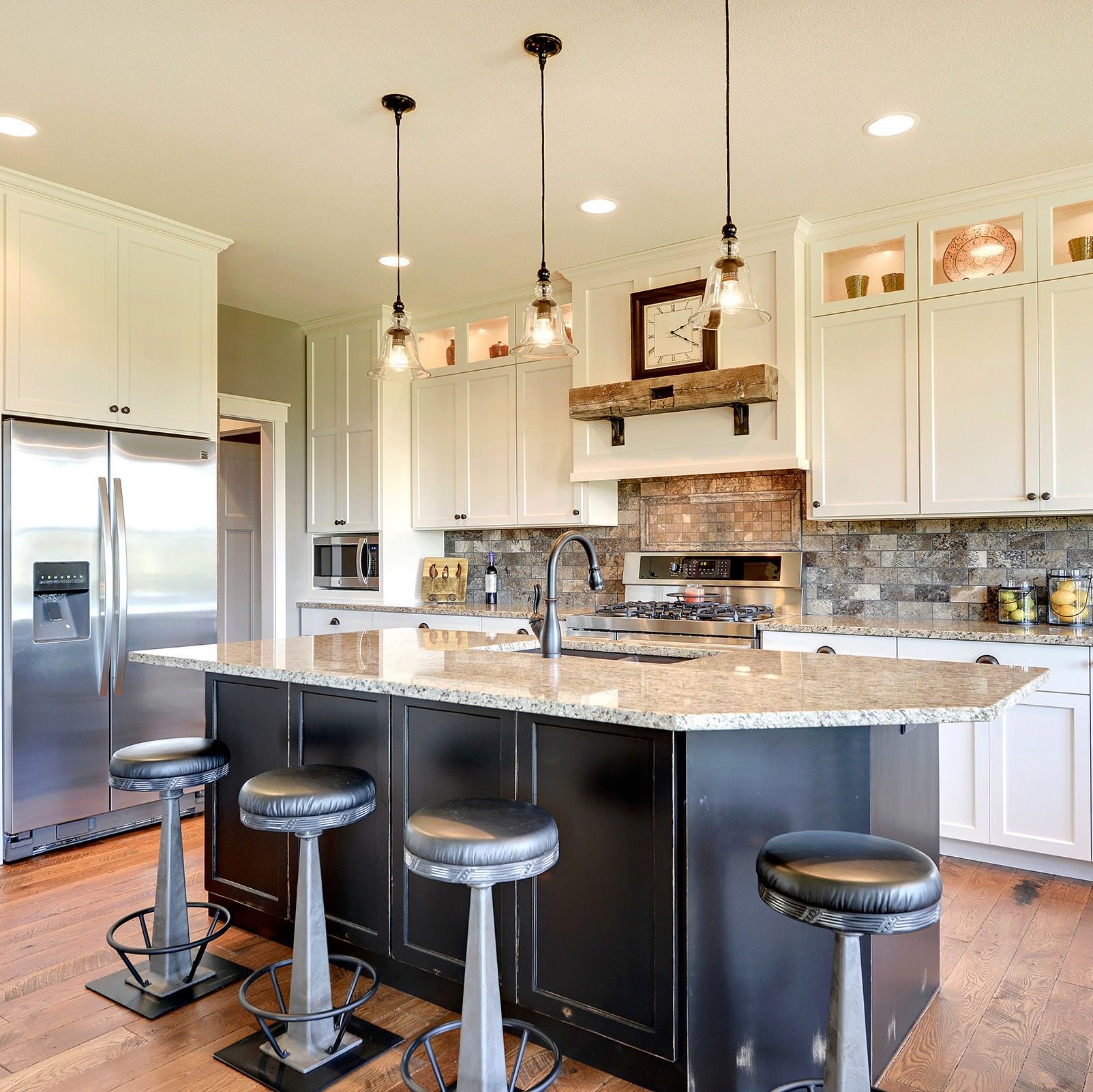
As a small business owner, you know that having xlightings the right kitchen light ideas can make all the difference in your home. No matter what space you’re working in, finding the perfect light for your kitchen is important. Here’s a look at some of the best kitchen light ideas for small spaces, and how you can use them to improve your cooking experience.
What are the Best Kitchen Light Ideas for Small Spaces.
Lighting in the kitchen is a critical part of any home. Proper lighting can help you cook your meals, make grocery shopping easy, and relax while cooking. In order to find the best kitchen lighting ideas for small spaces, you first need to understand what type of cooking space you are inhabiting.
Small spaces often contain limited counter space and require that kitchens have more light than traditional kitchens. Kitchen islands or counters may be necessary in order to fit all of the ingredients and appliances needed to cook a meal. Additionally, many small spaces don’t have enough counter space at all to fit a stove or oven, so adding a kitchenette or range will be necessary.
In order to find the right kitchen lighting ideas for small spaces, take into account the size of your room and what kind of cooking you want to accomplish. For example, if your main cooking area is in one corner of your house, then using natural daylight as your light source would be ideal. If you primarily use artificial light for cooking purposes, then installing LED lights may be the best option for you.
Another important factor to consider when deciding onlighting for a small kitchen is how much glare noise it might create during daily activities such as grocery shopping or laundry detergent usage. For some people this might not be an issue, but others might find it difficult to operate their electronic devices while under bright LED light sources. It is important that before making any decisions aboutLED kitchen Lighting choose a lamp specifically designed for this purpose!
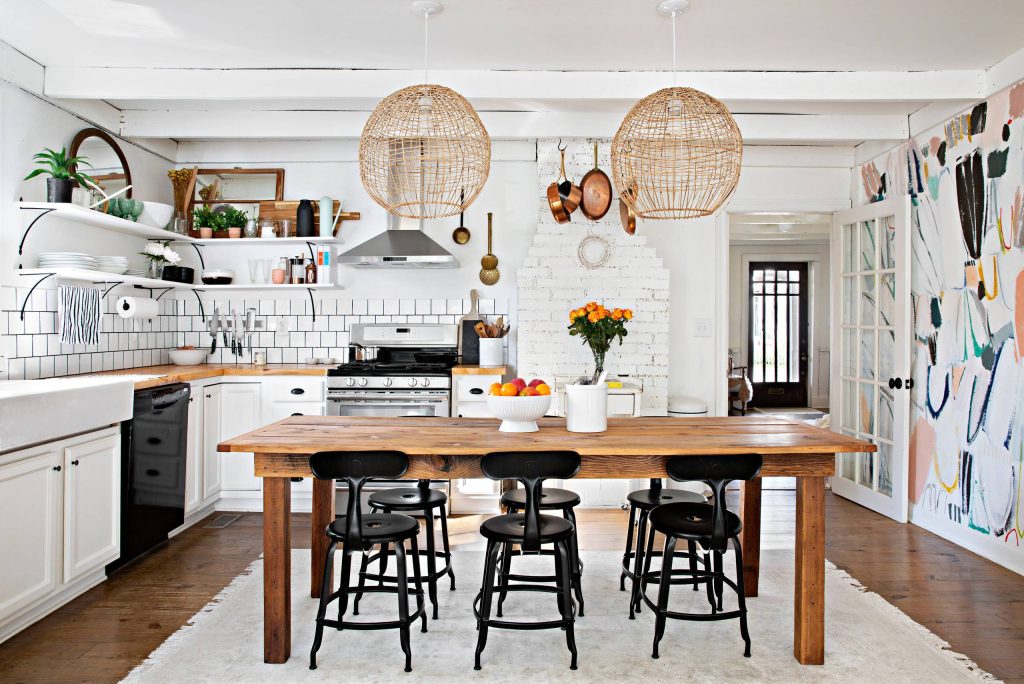
How to Choose the Right Kitchen Lighting Ideas:
When selecting whichLED lighting solutions are best suited for your specific needs, there are several factors you should consider including: budget (how much money you want to spend), size of your space (how much usable counter space there is), glare noise level (How loudly sounds like when someone tries to use an electronic device under bright LED lights), type of cuisine being cooked (soup or pizza being made with variable wattage bulbs vs traditional incandescent bulbs), time of day (during the day or at night) and location within your home (in an upstairs bedroom versus outside).
Note: Some people prefer natural daylight because it produces uniform brightness throughout their room without inducing headaches later in the evening; others prefer LEDs because they produce less noise than other types of lights and they can be controlled by remote devices.
In order to make the best choices for your specific kitchen lighting needs, be sure to gather as much information about the appliances and space you will be using it in as possible. This information can help you choose the right LED light fixtures for your needs. Additionally, if you have any questions or concerns about a certain LED light fixture, don’t hesitate to reach out to customer service!
The Best Kitchen Lighting Ideas for Small Spaces:
Once you’ve determined that LED kitchen lighting is the right choice for your home, there are several other factors you should consider. These include wattage of each type of bulb, color options (customizable), installation time and location within your home.
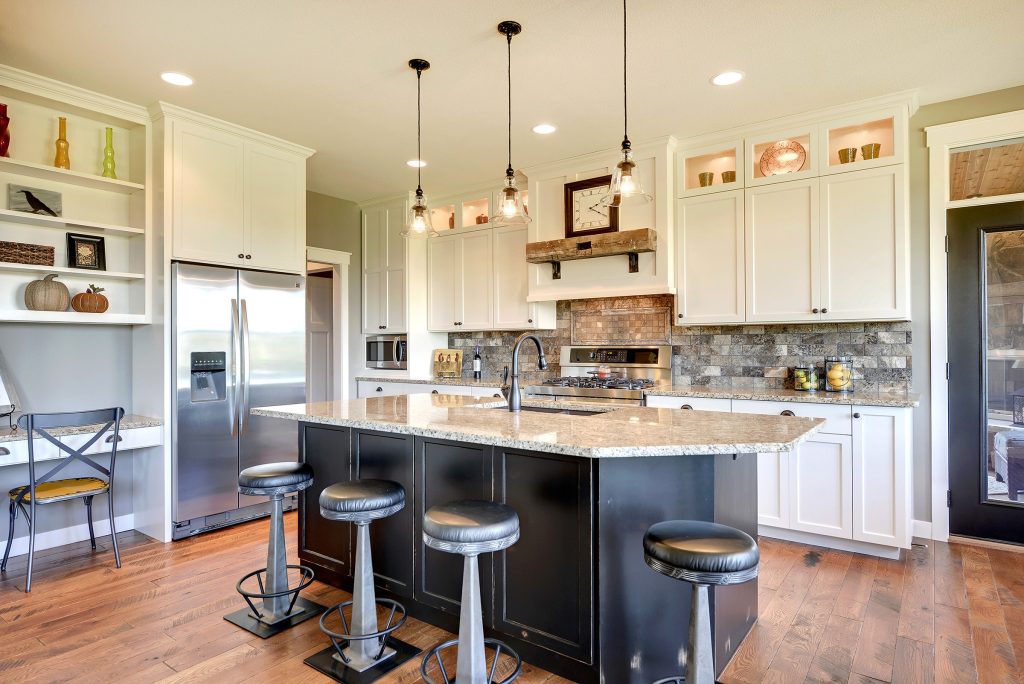
How to Use Kitchen Lighting to Improve Your Home.
Lighting in the kitchen can improve the appearance and efficiency of your home. To choose the right lighting for your needs, start by assessing your space. In small spaces, using light that is discreet and directional will help you cook more efficiently and create a more organized kitchen.
You can find many different types of kitchen lighting depending on what type of cooking you do. Table lamps, chandeliers, overhead lights, or LED lights are all great options for small spaces. Be sure to choose a light that is easy to use and fits in any part of your home- whether it’s in the kitchen or living room.
How to Use Kitchen Lighting to Improve the Look of Your Home.
When choosing Lighting for Your Kitchen, consider how you want it to look inside and outside of your home. You can add an outdoor light if you have a backyard that needs some extra sunlight or illumination while you’re cooking indoors. Or try installing LED lights in order to get a bright, HVAC-friendly light that will improve visibility while cooking or working at home.
How to Use Kitchen Lighting to Improve the Efficiency of Your Home.
In order to increase efficiency when cooking, you’ll need good lighting in your kitchen area as well as throughout your house- both during meal times and at night time when you need complete darkness for sleep (or studying). This is where candles might be a great option; they provide enough light without being too bright or noisy, making them perfect for small spaces like kitchens and bedrooms where noise may be an issue. Additionally, using timers or other smart devices can help regulatelighting so that various activities don’t overlap or run together unnecessarily during mealtime or sleep time.
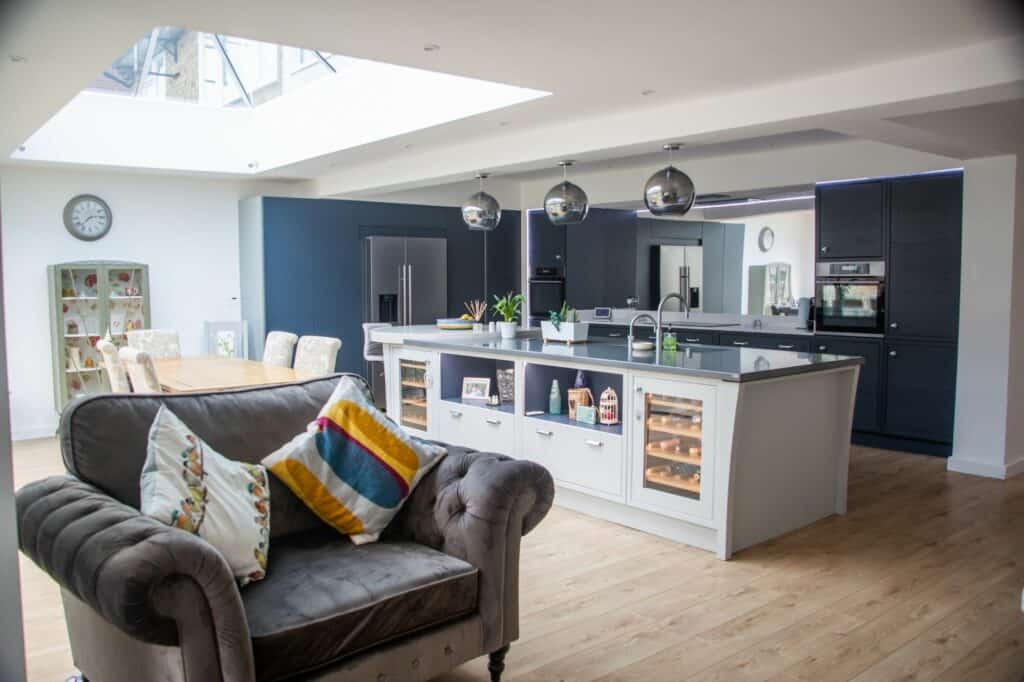
Tips for Besting the Competition in the Kitchen Lighting World.
Some of the most important factors to consider when choosing kitchen lighting include the task at hand and the environment in which it will be used. For example, if you plan on cooking in the kitchen, then choose a light that is able to illuminate your cookware and ingredients without obtrusive or distracting rays. Additionally, make sure to get the right kind of light for your kitchen: a warm, natural light is ideal for kitchens with natural surfaces like granite or ceramic.
Use the Right Lighting for the task at hand.
To achieve the perfect home environment for cooking, use ambient or daylight-based lights as opposed to artificial light sources like fluorescent strips and LEDs. This way, you can control how bright and harsh the light is depending on your needs while cooking. Additionally, consider using low-voltage bulbs (less than 25 volts) that are designed for small spaces instead of high-voltage bulbs that can cause glare and problems with precision ceramics and other surfaces.
Be sure to get the right kind of light for your kitchen.
When choosinglighting options, it’s important to take into account both what you need and what others may want in their kitchen setting. For example, if you have individuals who prefer brighter lights while others prefer dimmer ones, then choose fixtures that offer both types of lighting together (i.e., an LED strip with abulb) rather than trying to change one type of light into another category. Similarly, don’t forget about acheiving a desired look by addingMidas touch finishes or Tiffany glass shades to your cabinets!
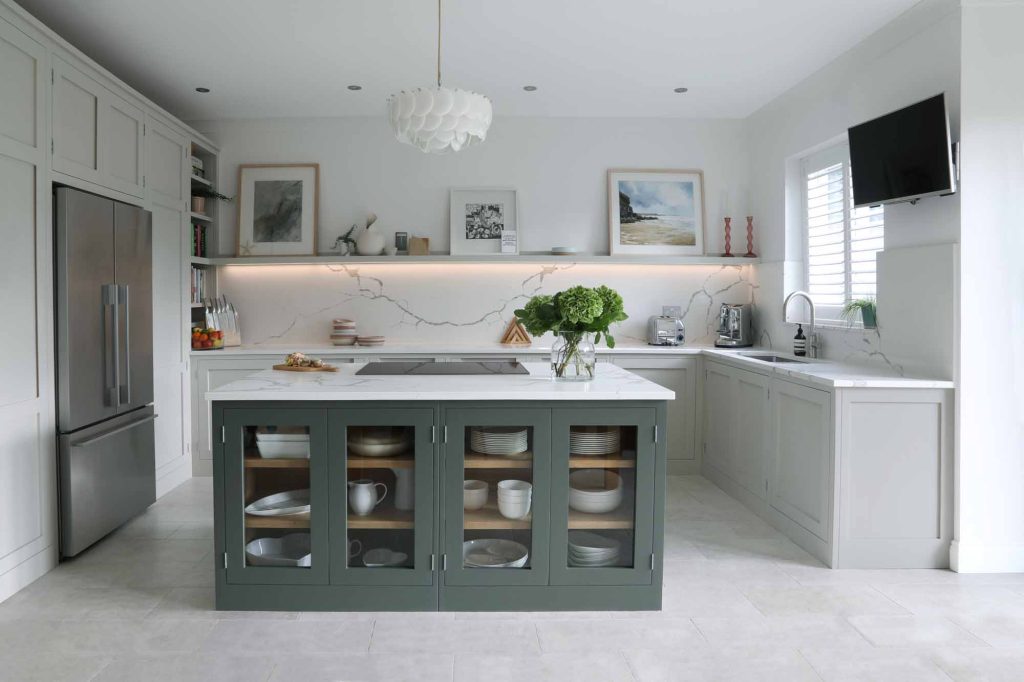
In the kitchen Lighting world, there are several options to choose from. By using the right lighting for the task at hand, you can improve your home environment and reach a wider audience. Additionally, other factors such as budget or space considerations should be considered when choosing a light bulb. Thanks for reading!





